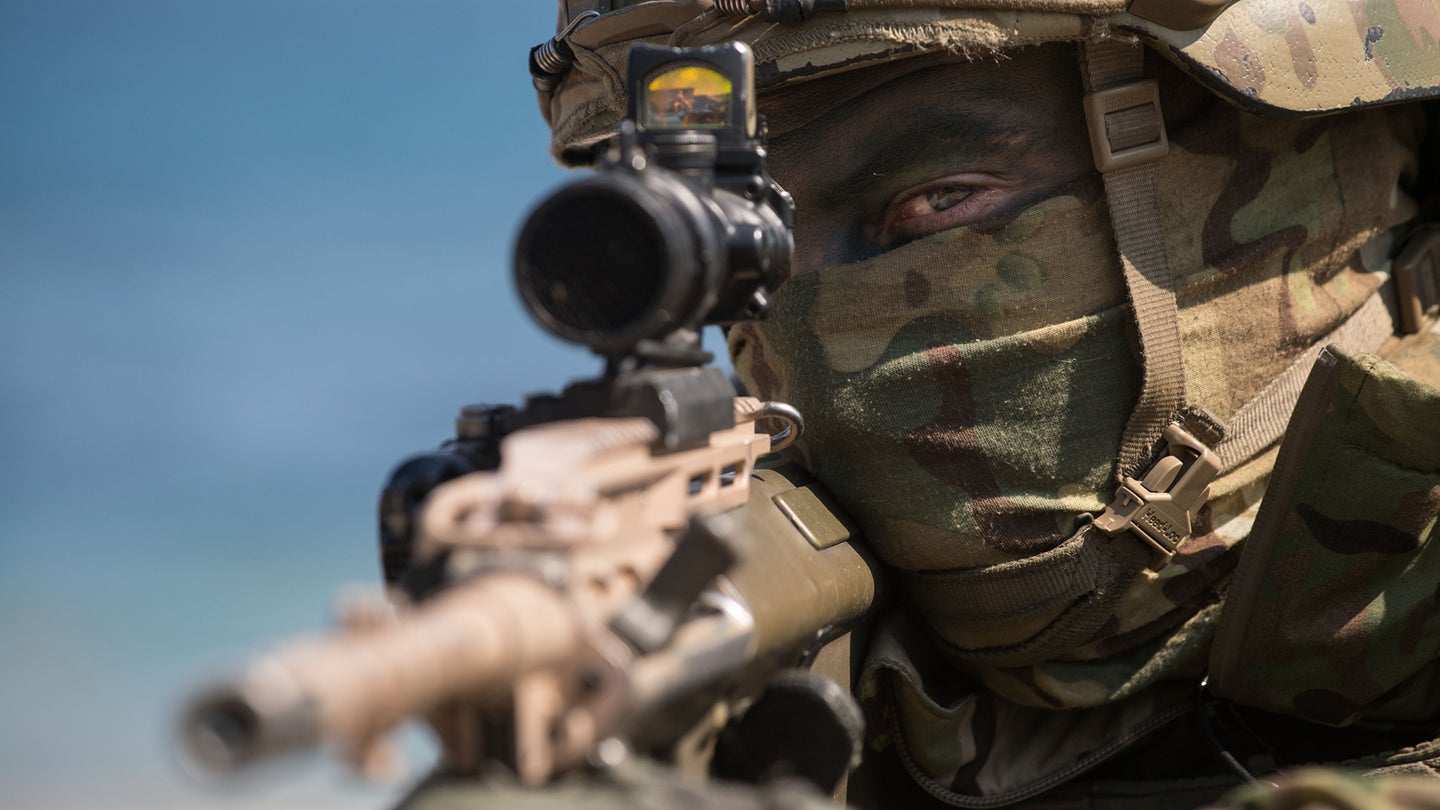The US and South Korea are holding their largest joint military exercise in 5 years
Big military exercises on the Korean peninsula are back.

U.S. and South Korean troops are resuming large-scale field training exercises on the Korean peninsula with Warrior Shield FTX and Freedom Shield 2023, U.S. Forces Korea recently announced
Warrior Shield FTX, which began this month, is the U.S. military’s largest field exercise on the Korean peninsula in five years, while Freedom Shield 2023, which will begin on March 13, is an accompanying command post exercise.
While defense officials are not saying yet how many U.S. troops are expected to participate in the exercises, they could potentially involve thousands of American service members.
“Freedom Shield and Warrior Shield FTX are a return to the routine type of defensive in nature exercises that we did in previous years here on the Korean peninsula to build combat readiness and our combined defense posture,” said Army Col. Isaac L. Taylor, director of public affairs for U.S. Forces Korea.
Subscribe to Task & Purpose Today. Get the latest military news, entertainment, and gear in your inbox daily.
Freedom Shield will unfold over 11 days and include U.S, South Korean, and United Nations Command forces, Taylor told Task & Purpose on Tuesday.
“This training is an additional example of our ironclad commitment to ensure security and stability on the Korean peninsula and across Northeast Asia,” Taylor said.

North Korea, which has asked the United Nations to prevent the latest joint U.S. and South Korean military exercises from taking place, has become increasingly belligerent in recent years.
In 2022 alone, North Korea conducted more than 90 cruise and ballistic missile tests, compared with eight such tests in 2021 and four tests in 2020, CNN reported in December. For months, the world has expected that North Korea will also carry out its seventh nuclear test since 2006.
North Korean state-run media also claims that the country’s military has successfully tested the KN-25 600mm multiple launch rocket system, which North Korean leader Kim Jong Un claims can hit any target in South Korea with a tactical nuclear weapon.
All of this comes after extensive efforts at rapprochement with North Korea under former President Donald Trump, efforts that included scaling back the Foal Eagle and Key Resolve joint military exercises with South Korean forces in 2018 and then canceling them outright the following year.
Despite the scaling back of large-scale military exercises, U.S. and South Korean troops continued to conduct joint drills on the Korean peninsula after the end of Foal Eagle, said retired Army Gen. Robert Abrams, who led U.S. Forces Korea from November 2018 to July 2021.
Since the end of the annual Foal Eagle field exercise, the U.S. command in South Korea has held several battalion-level exercises with units that were already part of the rotational force in South Korea, Abrams told Task & Purpose.

“We had to maintain the same level of training, readiness, and interoperability, and so forth,” Abrams said. “So, we adjusted the scale and the scope and the timing of exercises, and instead of compressing them all into one window where you have thousands of troops – whether it’s 20,000 or whatever – on the peninsula at the same time; we just separated them in time and space across the year.”
U.S. Forces Korea purposely did not publicize these smaller exercises to help the American government’s diplomatic efforts to come to an agreement with North Korea on its nuclear and ballistic missile programs, Abrams said.
For the most part, both U.S. and South Korean forces have also continued to hold computer-based command post exercises, although Trump ordered the exercise canceled in August 2018 and the command post exercise was canceled again in March 2020 due to the novel coronavirus (COVID-19) pandemic, Abrams said.
Even though the U.S. military took several steps to help diplomacy with North Korea succeed – including suspending the deployment of 5th-generation fighter aircraft, carrier strike groups, and bombers to the Korean peninsula in 2018 – the Kim regime did not reciprocate this attempt at détente, Abrams said.
“At the end of those four years, what were the ROK [Republic of Korea] and U.S. rewarded with?” Abrams said. “We were rewarded with the biggest year of missile tests by the North Koreans in 2022. We were rewarded with more development of nuclear weapons capability and harsher rhetoric.”
That is why Abrams believes it is appropriate for the U.S. military to recalibrate its training exercises on the Korean peninsula to send a clear message to North Korea, the South Korean people, and other Indo-Pacific countries that the United States will defend its allies, he said.
“It sends a message to the region that we’re not going to sit by idly and allow North Korea to do whatever they want – and totally turn their back on a diplomatic solution, because that’s what they’ve done,” Abrams said.
The latest on Task & Purpose
- The Marine Corps is getting rid of Scout Snipers
- Air Force relieves 2 commanders and 4 subordinates at Minot Air Force Base
- Why mortars are increasingly important on the modern battlefield
- American vet who claims he defected to Russia in Ukraine served just 2 years in the US Army, left as PFC
- How an Air Force captain was court-martialed for hanging up on a colonel
